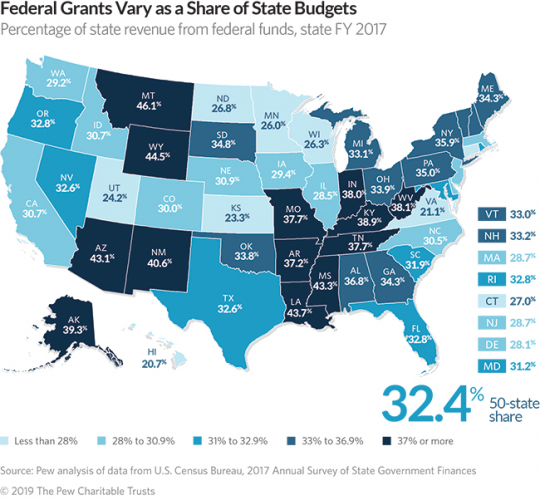SAJ-99
Well-known member
True, it isn't a "market" in the traditional sense. But States are still trying to figure out what the elasticity of demand is. And we haven't seen that it even exists. As much as people complain about the prices, they still submit an application.I don't disagree.
I was just reacting to the "market" lingo you used. This is a govt monopoly, not a market. The prices are set at the sole discretion of the govt. They are less than they could be (while still selling them out), but that doesn't mean they are set "right". But nonetheless, they aren't market price. My guess is they could sell out at $1,750 for bull elk.





